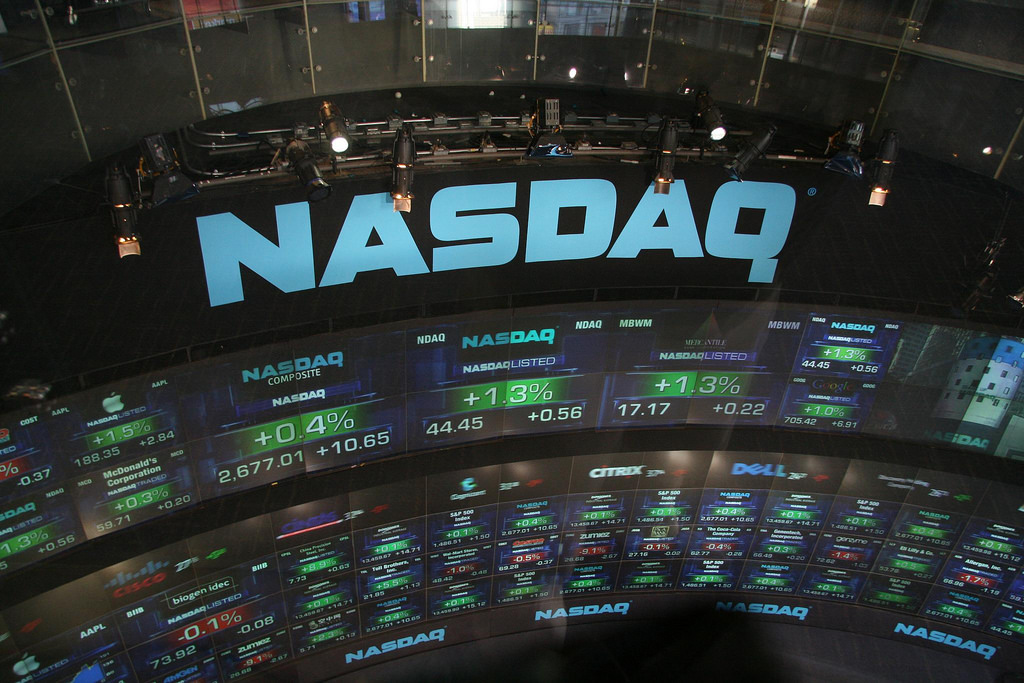A stock exchange is the market in which securities are bought and sold. The U.S. equities markets is represented by three major exchanges. Here is some information on each of the exchanges.
The New York Stock Exchange
The New York Stock Exchange (NYSE) was formed on Wall Street in New York on May 17, 1792 as 24 stockbrokers united by signing the Buttonwood Agreement. This formed a consolidated trading exchange that both buyers and sellers could use to trade securities and bypass the need for an auctioneer. The Tontine Coffee House was the headquarters with initial focus on trading government bonds. On March 8, 1817, the group became known as the New York Stock Exchange. In 2003, the NYSE purchased the American Stock Exchange (AMEX), which specializes in exchange-traded-funds (ETF). NYSE merged with Archipelago Exchange.
Products and Services
The NYSE is the largest physical stock market exchange in the world and one of the few that still houses a live trading floor, which is located at 11 Wall Street, New York. The trading floor still houses assigned specialists for their listings who are required to provide an orderly market. The NYSE operates stock market trading hours from 9:30 am est. to 4:00 pm est. Monday through Friday. Pre and post-market trading is available through ARCA as early as 4 am est. to 8 pm est. The NYSE has five regulated market exchanges composed of the New York Stock Exchange, ARCA, MKT and Amex Options. Investors can trade stocks through NYSE, options through Amex Options, ETFs through NYSE ARCA and bonds through NYSE Bonds. The NYSE trading volume topped $18 trillion in 2015. The market capitalization of NYSE listed companies totaled $19.69 trillion. NYSE houses over 2,800 listed companies and averages 1.5 billion shares of trading volume daily.
The NASDAQ Exchange
The NASDAQ is the world’s first all-electronic stock market exchange founded by the National Association of Securities Dealers (NASD) in 1971. NASDAQ is the acronym for the National Association of Securities Dealers Automated Quotations. It opened for trading on February 8, 1971 with over 2,500 securities. The NASDAQ attracted technology giants like Microsoft (NASDAQ: MSFT) and Oracle (NASDAQ: ORCL) early on to solidify its niche for riskier companies. Due to the cheaper listing costs and less stringent listing requirements, the NASDAQ grew a reputation as the preferred exchange for technology companies and start-ups. Unlike the NYSE where a single specialist would maintain the market for a security, the NASDAQ incorporates a system of individual market makers that compete with each other for trade order flow.
Products and Services:
The NASDAQ stock market operates during the same market hours as the NYSE, opening at 9:30 AM EST. and closing at 4 PM EST Monday through Friday. The NASDAQ has over 3,100 stocks and averages two billion shares of total trading volume on a daily basis. NASDAQ was the first exchange to provide level 2 quotes, which displays all public market maker quotes by depth, price and size.
The Daytrader’s Exchange
During the 1987 stock market crash, the NYSE and NASDAQ received tons of criticism about brokers, market makers and specialists not answering phone calls. This prompted the creation of the Small Order Execution System (SOES), which required market makers on the NASDAQ to absolutely honor these trades. This would also kick off the daytrading mania as daytrading was publicized so heavily that it became mainstream as the NASDAQ composite index rose to peak of 5,000 during the dotcom mania 2000, before subsequently collapsing 80% to a low of 1,114 by October 9, 2002 when the bubble collapsed during the 2001-2002 bear market. The speed of electronic execution and control of routing made the NASDAQ the preferred choice with daytraders before and after the bubble.
The Over-The-Counter (OTC) Market
This exchange was originally called the Pink Sheets, due to the original quotes being printed on pink sheets of paper in 2000. The name change to OTC was implemented in 2010. There is no physical exchange location like the NYSE. Trades are done mostly through the OTC electronic platform or over the phone and by appointment. The landscape is riddled with questionable and occassionaly shady companies.
The Over-The-Counter (OTC-BB) exchange is composed of over 10,000 (mostly small-cap) companies with over 100 broker-dealers that make a market through the OTC platform. OTC listed companies are expected to file with the SEC, but not required. This opens the door for very murky company disclosures. Stock promoters are notorious for perpetuating fraud and pump and dump schemes. These promoters will artificially orchestrate stock price manipulation through various marketing campaigns and suck in newbies with smaller accounts to end up being bagholders. These stocks are also called bulletin board and referred to as penny stocks due to the cheap share prices. Liquidity and transparency is very thin most of these stocks.
Products and Services:
The OTC exchange is open from 9:30 AM EST to 4 PM EST, Monday through Friday. Small and micro-cap stocks and foreign companies through American depository receipts (ADR) can also be traded. Many of the companies trade extremely thin volume if any. There is no pre and post market trading available on these stocks. Some stocks can only trade by appointment, meaning you must contact the broker to manually execute trades.



